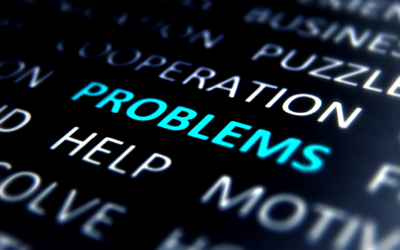
Knowledge and preparation are as constant in the life of a business owner as the daily sunrise. Paramount to this ongoing focus is cash liquidity.
Upward trajectory in business requires incoming cash to exceed cash outflow. Keeping the bills paid when cash collections are low is an exercise in perseverance to achieve the ultimate objective of positive cash flow.
When cash flow is negative, you have to dip into a reserve that you’ve built as a safety net. The appropriate size of this cash reserve is related to the volatility of your sales. For a business with steady collection of revenue, reserving cash that covers a couple of months of overhead is probably sufficient.
If any uncommon cash crunch arises, you can still meet your obligations while making adjustments for a return to cash flow stability. To determine this figure, you merely need to know the amount of your recurring monthly costs.
Conversely, a business engaged in extended projects over many weeks may require enough cash reserve to pay for several months of expenses. The key measure is the average period that elapses between project start and customer payment. If there are delays in starting or getting paid, you can weather these times with an appropriate cash reserve.
Business owners with a lot of cash in their companies are frequently tempted to overspend. On the other hand, holding more cash than is needed as a reserve is inefficient.
Once you identify a sound amount of emergency cash to hold in reserve, any excess may be deployed to grow your business.
NextVision Sales Institute
Learn more about NextVision Sales Institute enablement programs and how we can help your sales professionals take the stress out of financial conversations with customers, visit us at www.nv-si.com or email us at in**@nv***.com to set up a consultation.






